This post is a collection of pieces, a miscellany. First, the UK edition of Other Minds has been released by Harper-Collins. It is a superbly produced book, in a large format hardback with fine paper that brings out the black-and-white images mixed in with the text, as well as the color photos in the middle. The cover (a 115 year collaboration between Ernst Haeckel and Rodrigo Corral) is printed in a raised impression. You can feel each sucker on the octopus, and it seems to be reaching out of the paper to you.
Just after the UK release, I did an interview on BBC Radio 4’s Inside Science show, with Adam Rutherford. We spent some time talking about the intense interest many octopuses show in novel objects, especially human-made ones. Often they collect and fastidiously arrange such objects around their dens. (I’ve written about this a few times: earlier posts with examples are here and here.) I mentioned one particular octopus who had taken a piece of clear plastic and positioned it like a skylight. That is the octopus at the top of the post.
I went back and looked at the photos from that dive, some years ago now. Here is a closeup:
The arrangement of the stones is interesting also, though I don’t know if they made their way there accidentally. In later photos in the sequence, the octopus seems to first rearrange some of the rocks (though it’s hard to tell), and then pushes the skylight to the side and partially emerges. Here you can see the plastic sheet pushed into a cavity in the rocks beside the den.
And here is one more shot of this octopus, featuring some subtle eye decoration.
I don’t know if he restored the skylight afterwards. I wish I’d stayed around to see.
The early stages of writing Other Minds often had a sonic accompaniment, which I’ve always meant to acknowledge. I was reminded of it when a local photographer last week posted a photo of a solitary Violet Snail, washed up on the beach at Manly. Here is its shell, photographed by Murray Fraser of the Sprout Daily.
A Violet Snail builds a raft from its own mucus, and floats on the surface of the sea eating hydrozoans, such as the Portuguese Man o’ War and the By-the-Wind-Sailor.
In addition to its amphibious charm, this animal’s relevance to Other Minds comes from the title of a track (‘The Violet Shell and its Raft’) on a 2003 CD by Coelacanth, an experimental sound project by Loren Chasse and Jim Haynes. The CD was called The Glass Sponge. Coelacanth titles and inspirations are crammed with ancient and obscure animals. I often listened hard to these intricate, other-worldly sounds as I wrote the early chapters of the book.

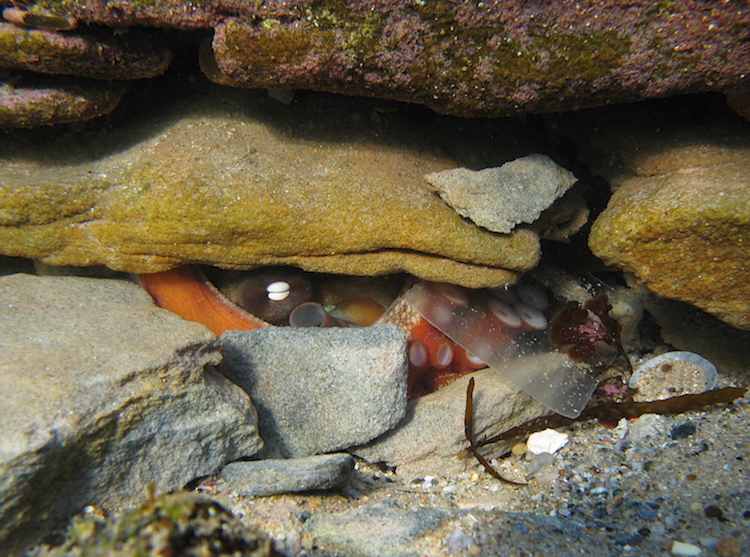
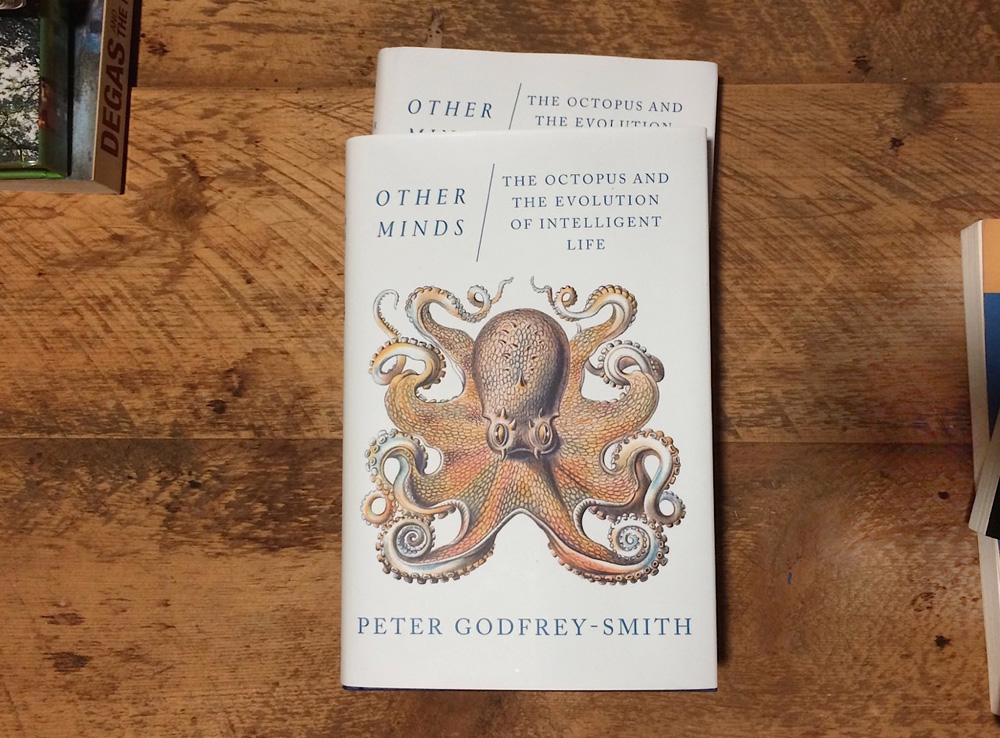
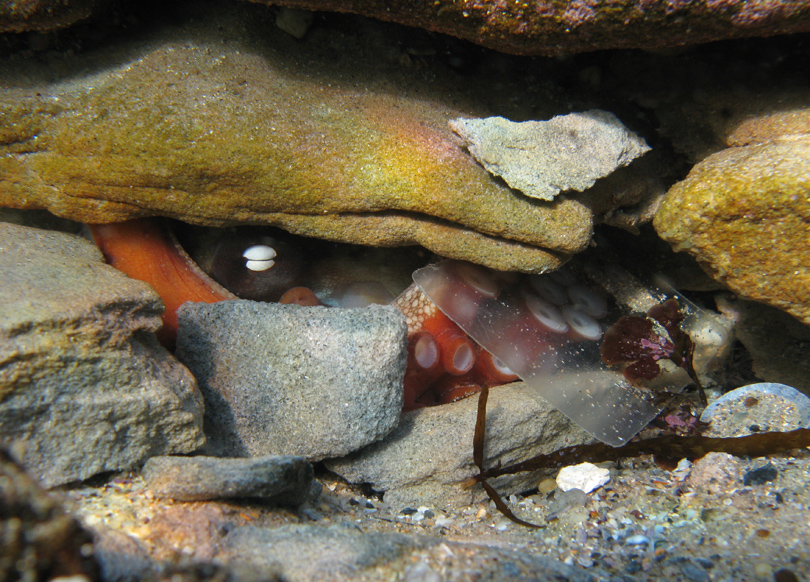
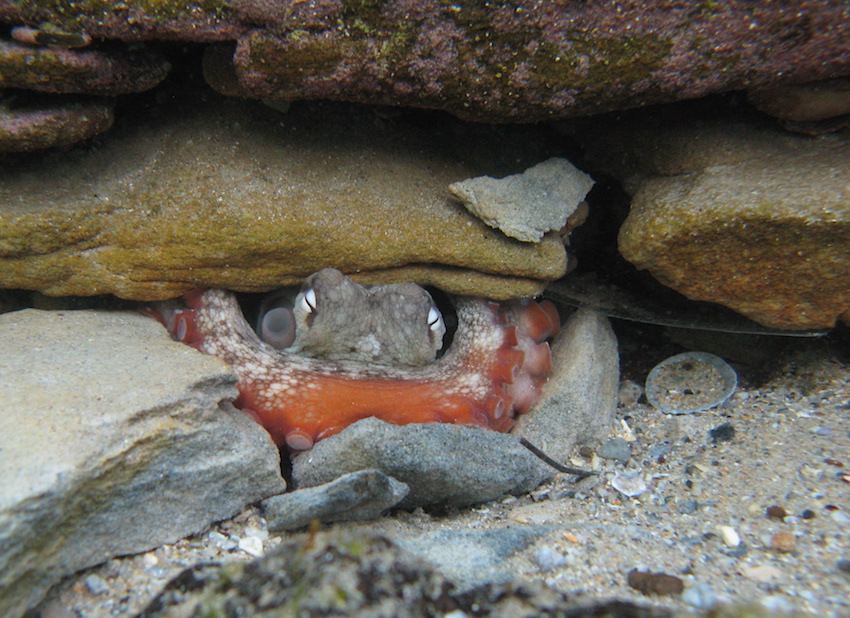
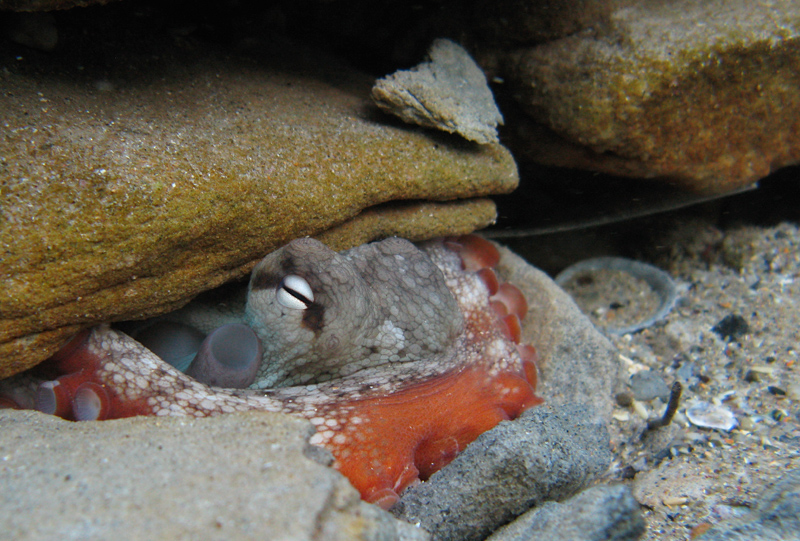
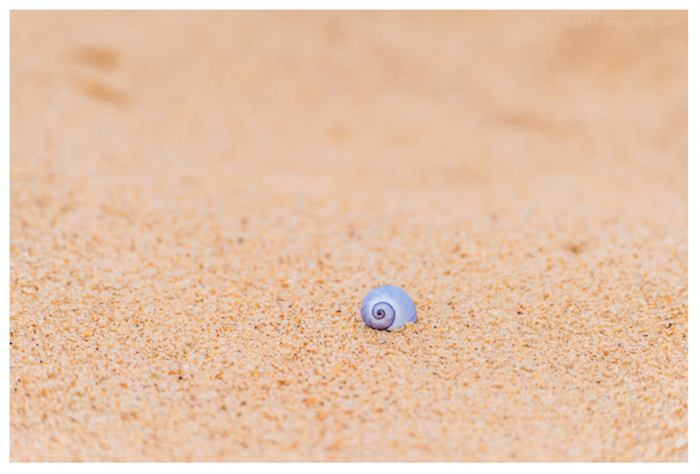
You aren’t doing any talks while in the UK are you?
I don’t have plans to come to the UK soon, but perhaps in the second half of the year.
Hi. Just finished your excellent book, Other Minds and have a question for you. One of the hallmarks of intelligence is humor and the ability to play. I wondered why there is no mention of that in the book other than the reports of the octopuses who squirt people they don’t like.
Here’s why I bring that up: my sister and I were snorkeling in Kauai near Poipu and it was slightly rainy so no other snorkelers were around. [Afraid of getting wet??] We were close to shore when my sister tugged on my arm and pointed down. There was a small octopus, the size of a tennis ball on top of a rock which I never would have seen, coloration exact and all. But that wasn’t the best part. Soon a Gilded Triggerfish ablaze with it’s neon stripes came into view, slowly swimming near to the rock. The octopus quickly ducked under the rock and as the fish lazed by the octopus stuck out one suckered arm and swatted the fish. That was funny enough but then the fish circled the rock and again the little guy swatted him again. Unbelievably this continued for a good five minutes, is that even possible? We had to surface we were laughing so hard and because we couldn’t believe what we’d just witnessed. No one was eating anyone here, it was just plain tag. Thought you should know and perhaps you have seen similar interactions?
sincerely and thanks for a great read, Susan R. Grout
I like the fish-swatting tale. I have seen octopuses swat at fish occasionally round Sydney, though in those cases the fish have been pretty clearly bothering the octo, perhaps on the lookout for scraps of food. Your case might be more play-like, if the fish was not bothering the octo, but just hanging around and being swiped at.
I agree that play is a very interesting behavior that probably says something about the internal complexity of these animals and what their experience is like. The most detailed work on play in octos has been done by Jennifer Mather, together with Roland Anderson (in the original study) and with others since then. Mather and Anderson found that some octos will spend time blowing pill bottles around their tank with their jet, “bouncing” the bottle back and forth on the stream of water coming from the tank’s intake valve (there is a little about this on page 59 of the book). Michael Kuba has been doing some new work on this topic, in collaboration with the animal play expert, Gordon Burghardt. They have a chapter in the book Cephalopod Cognition (2016) about it.
And here is another interesting short paper I just found, by Sarah Zylinski.
http://www.cell.com/current-biology/pdf/S0960-9822(14)01231-7.pdf
I’m glad you enjoyed the book.